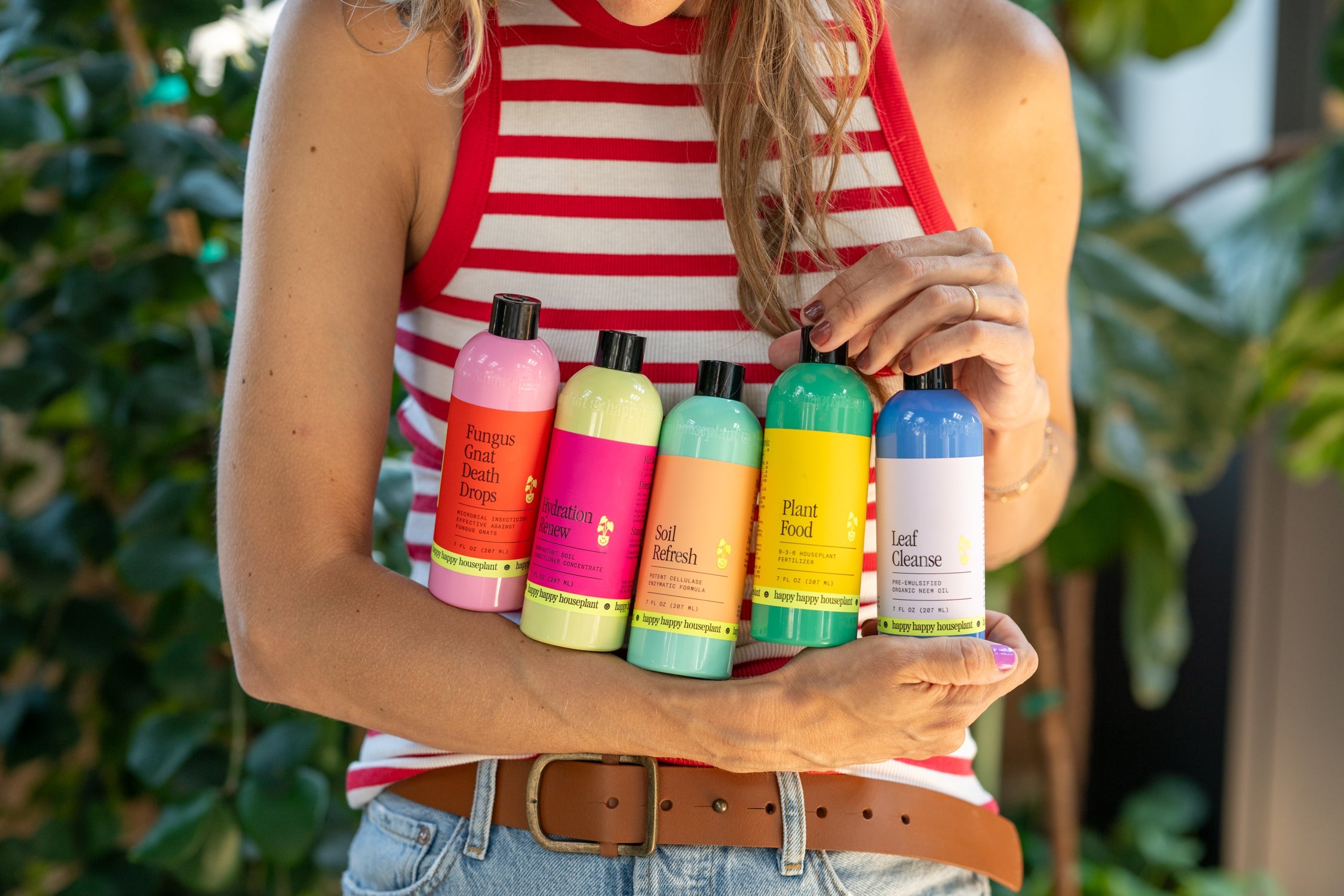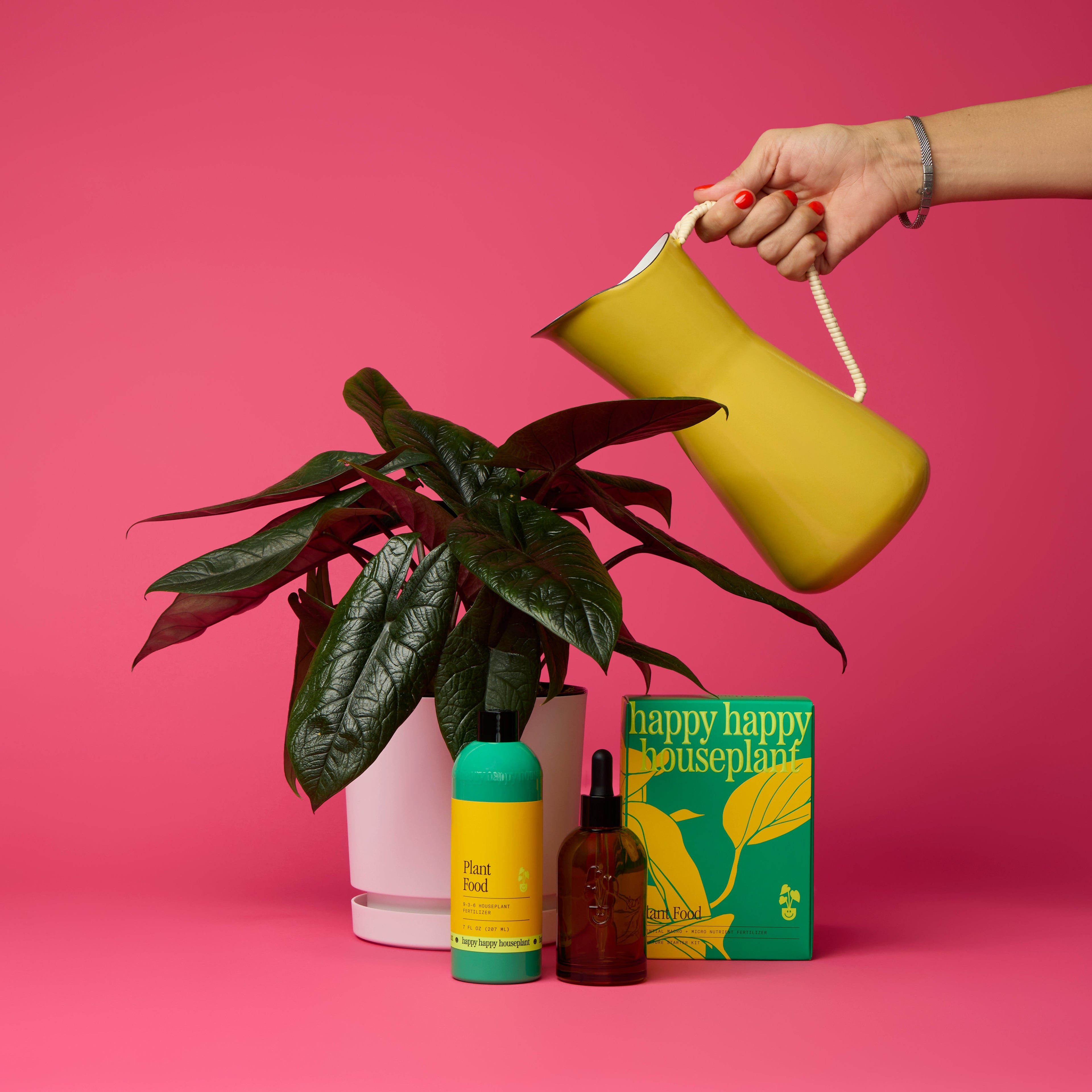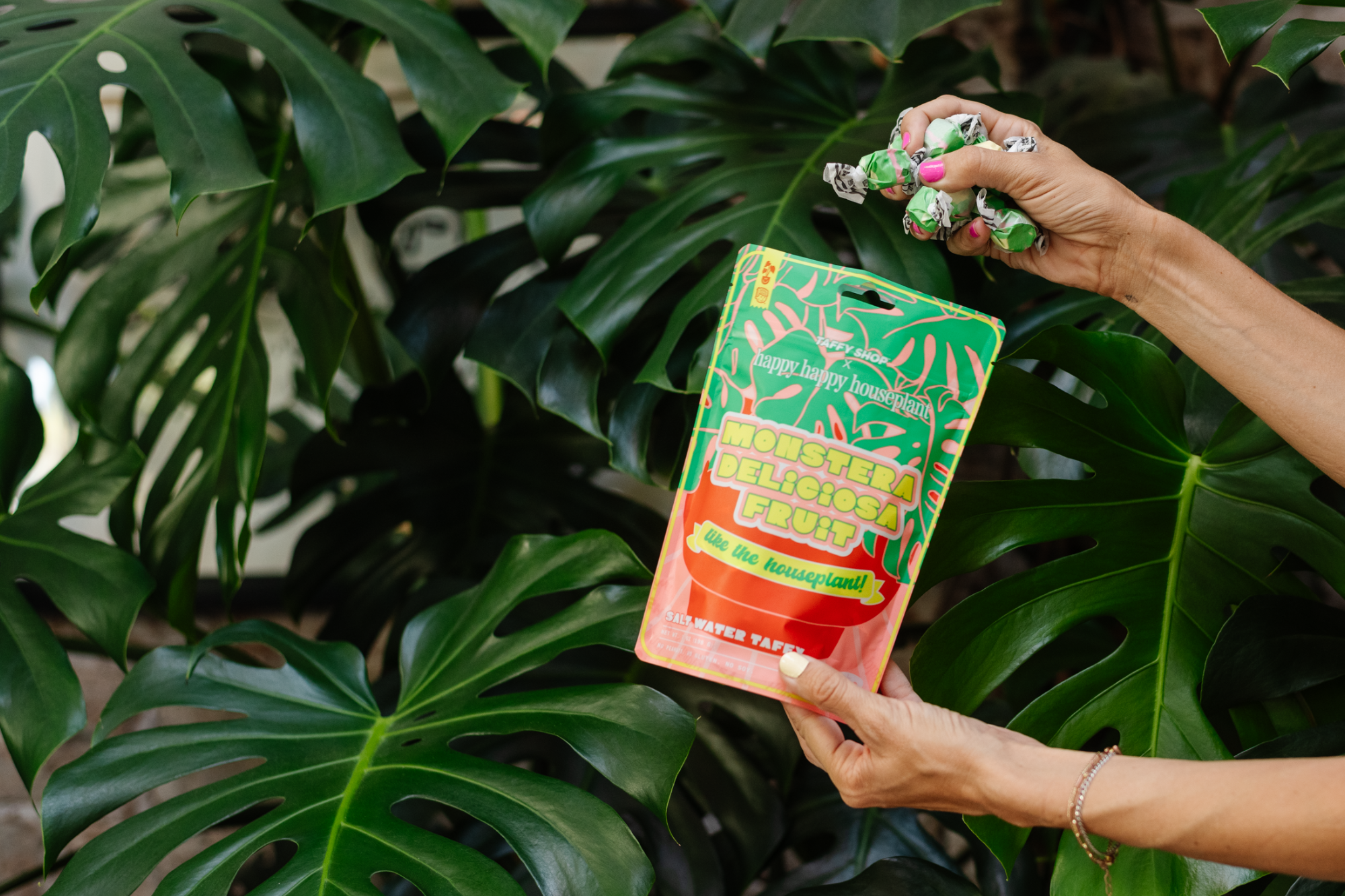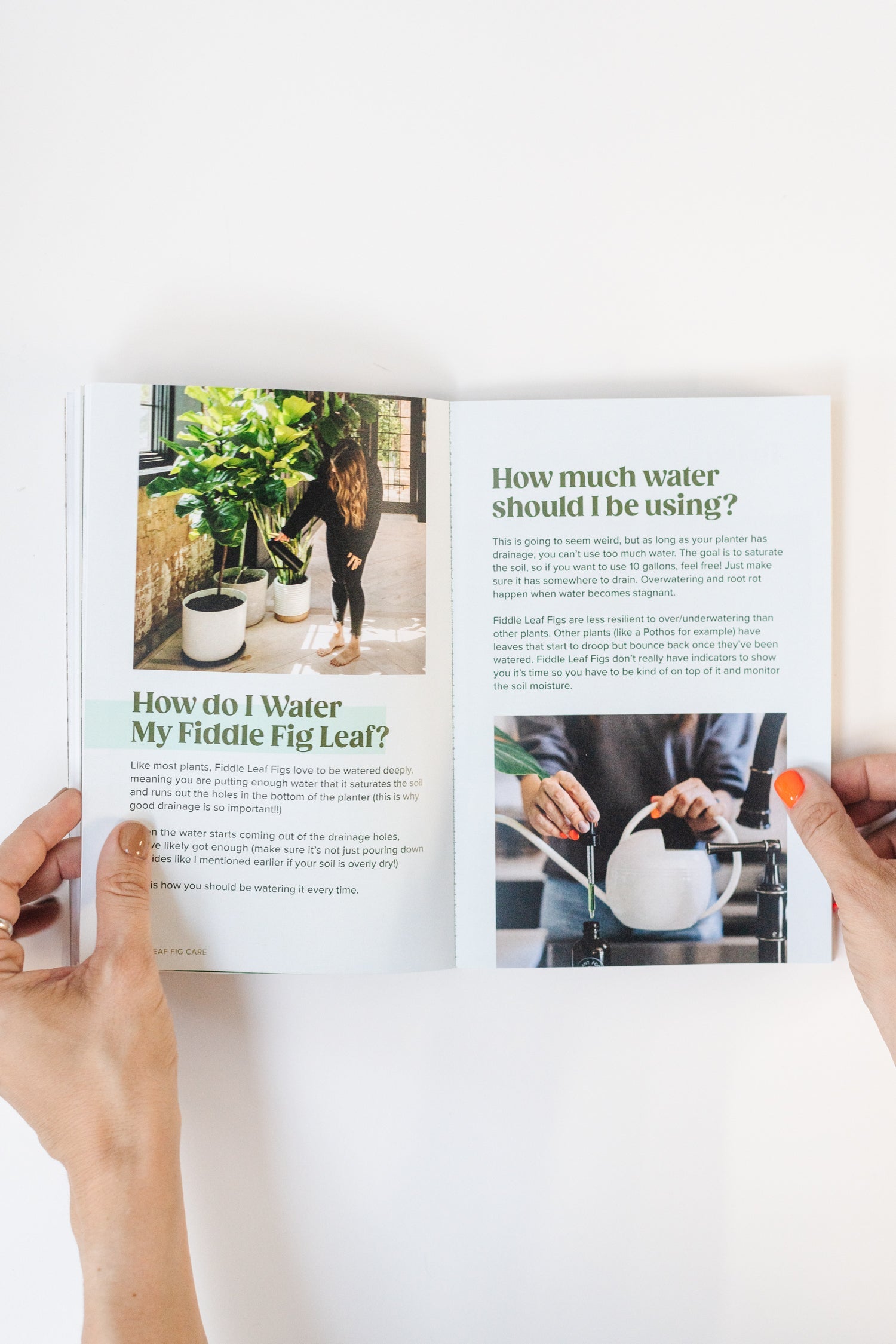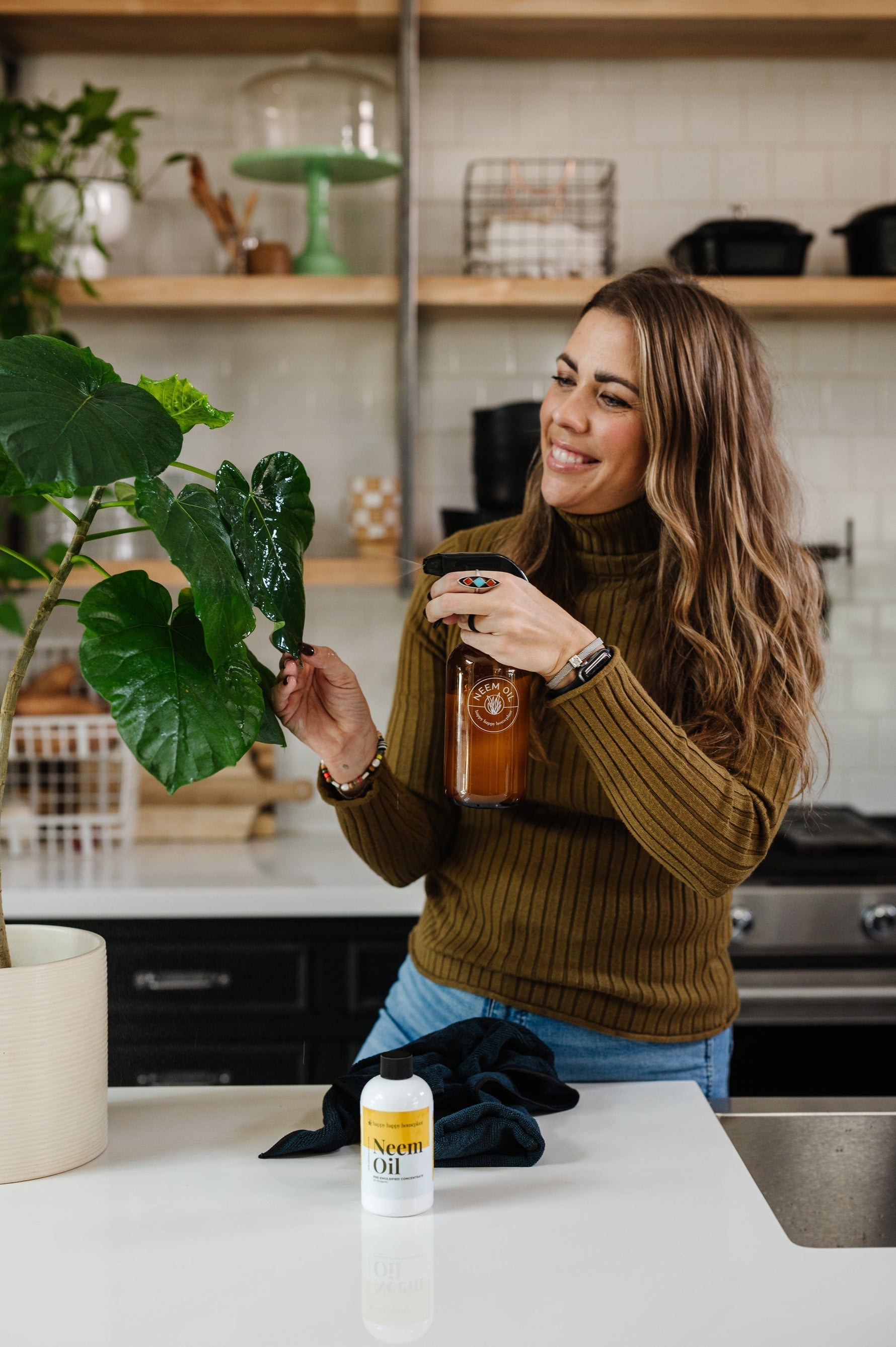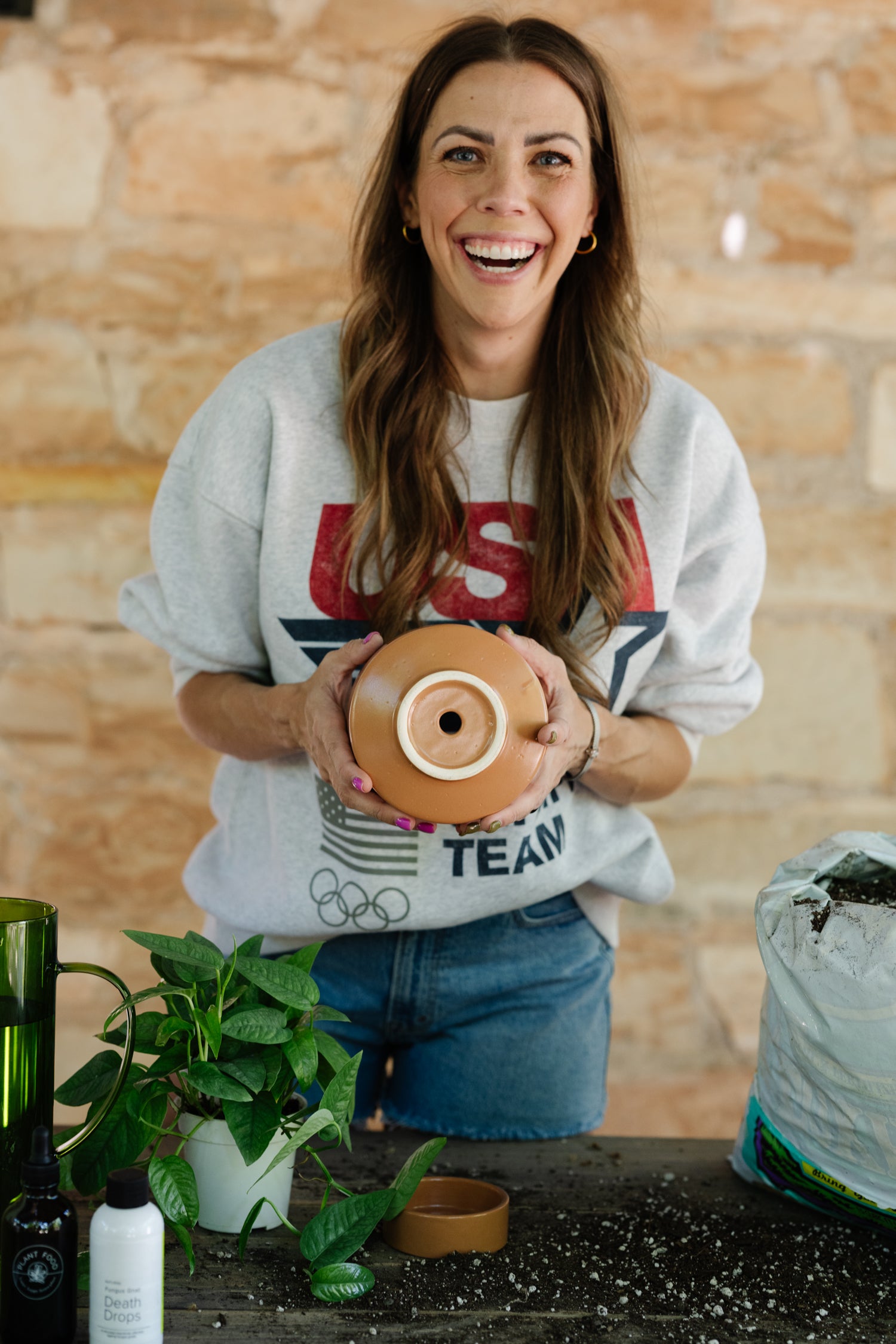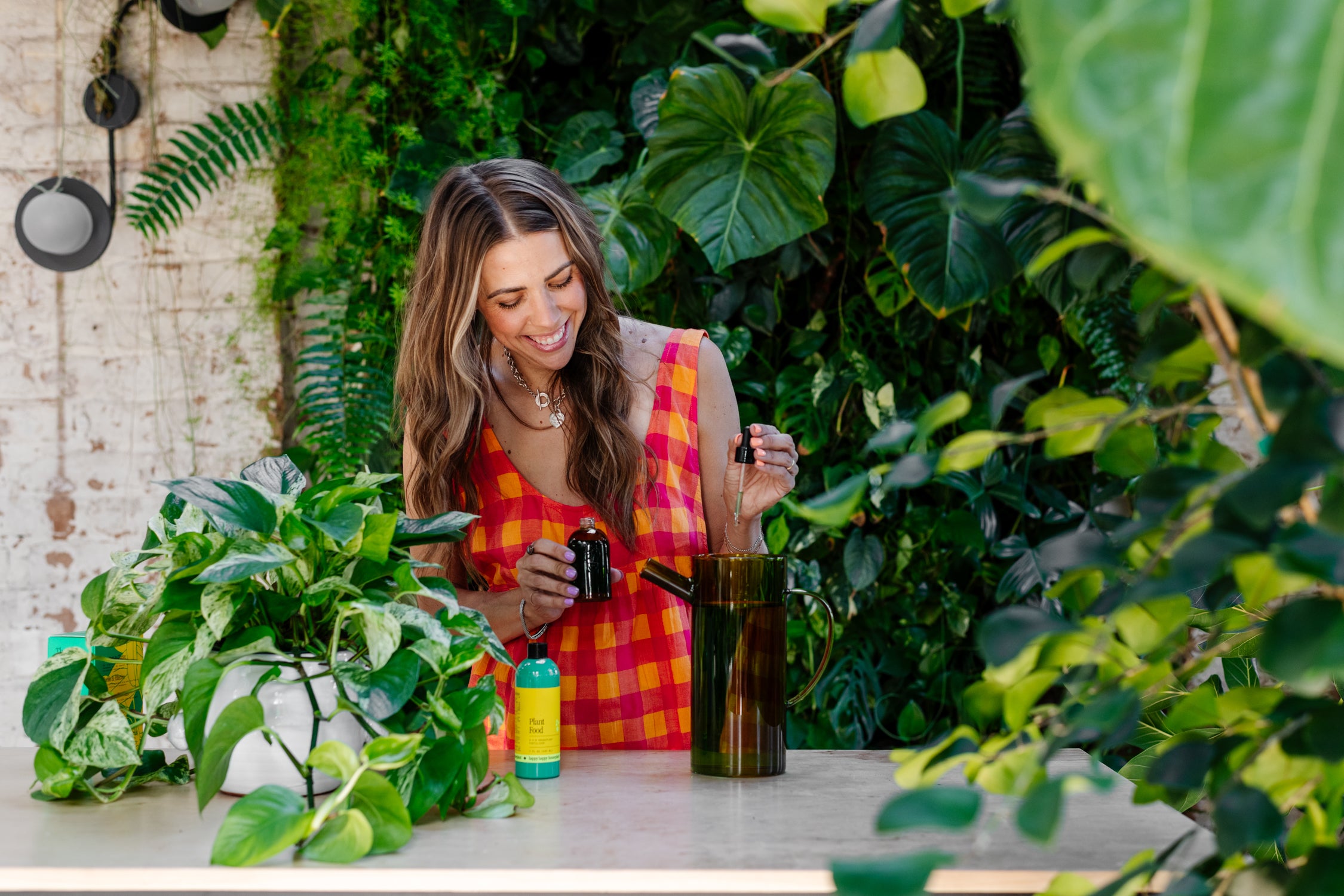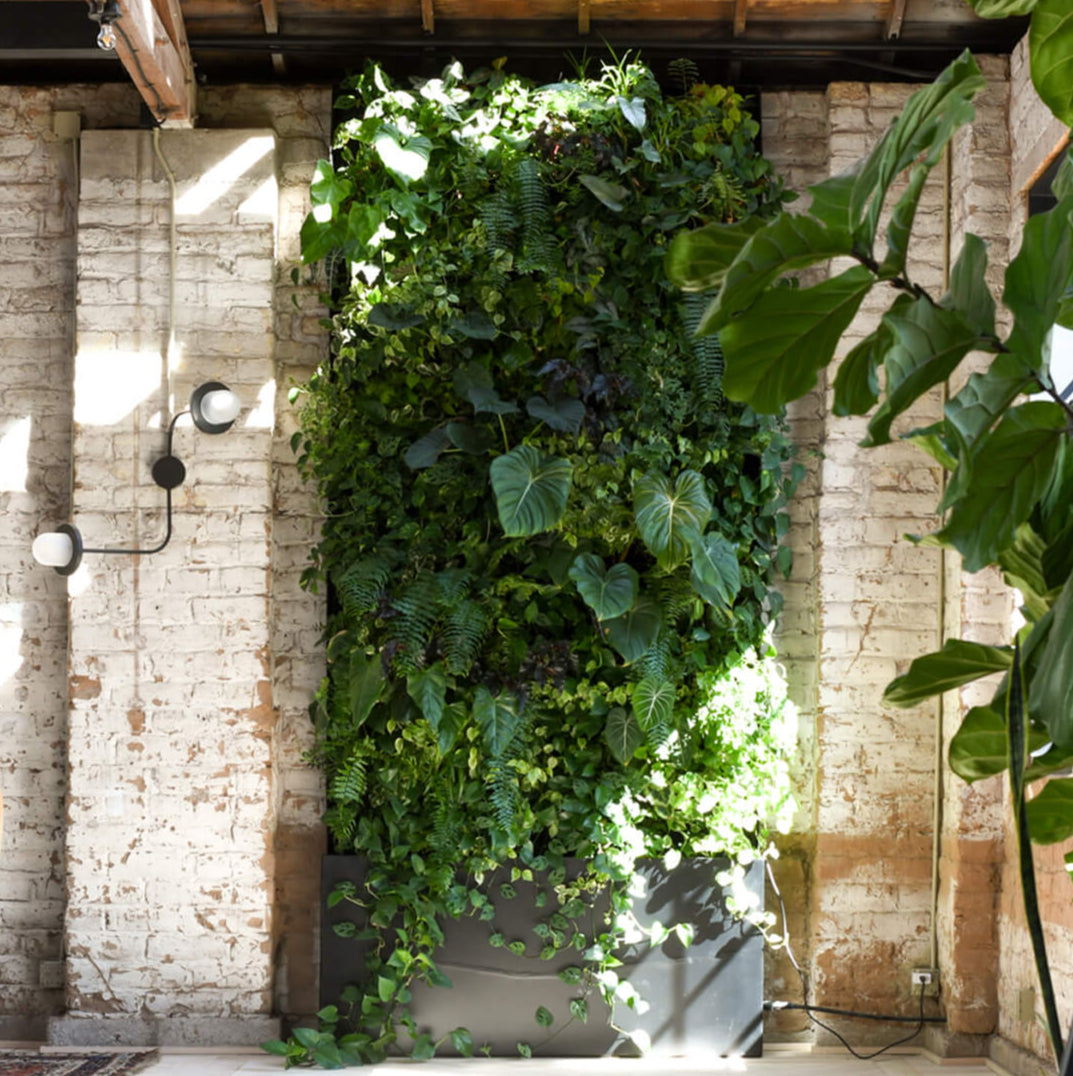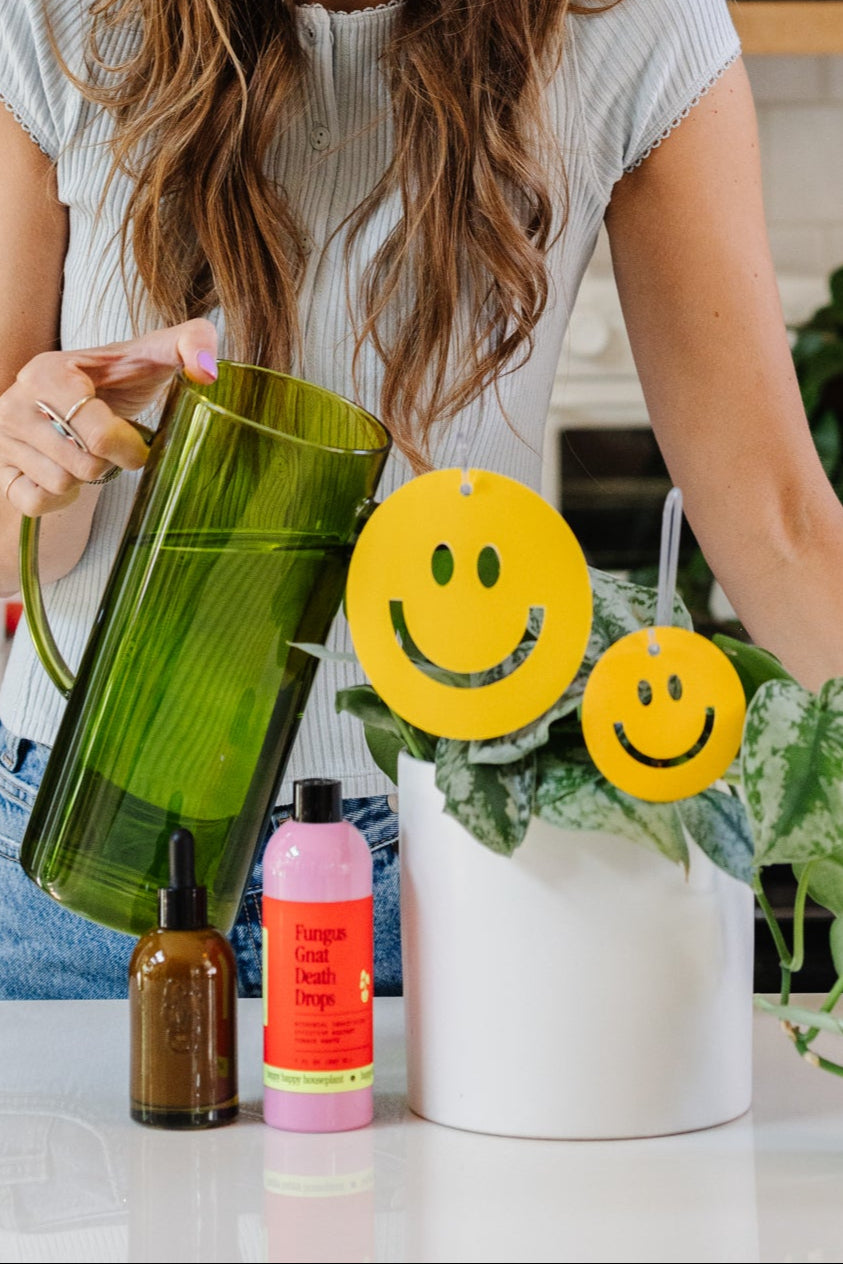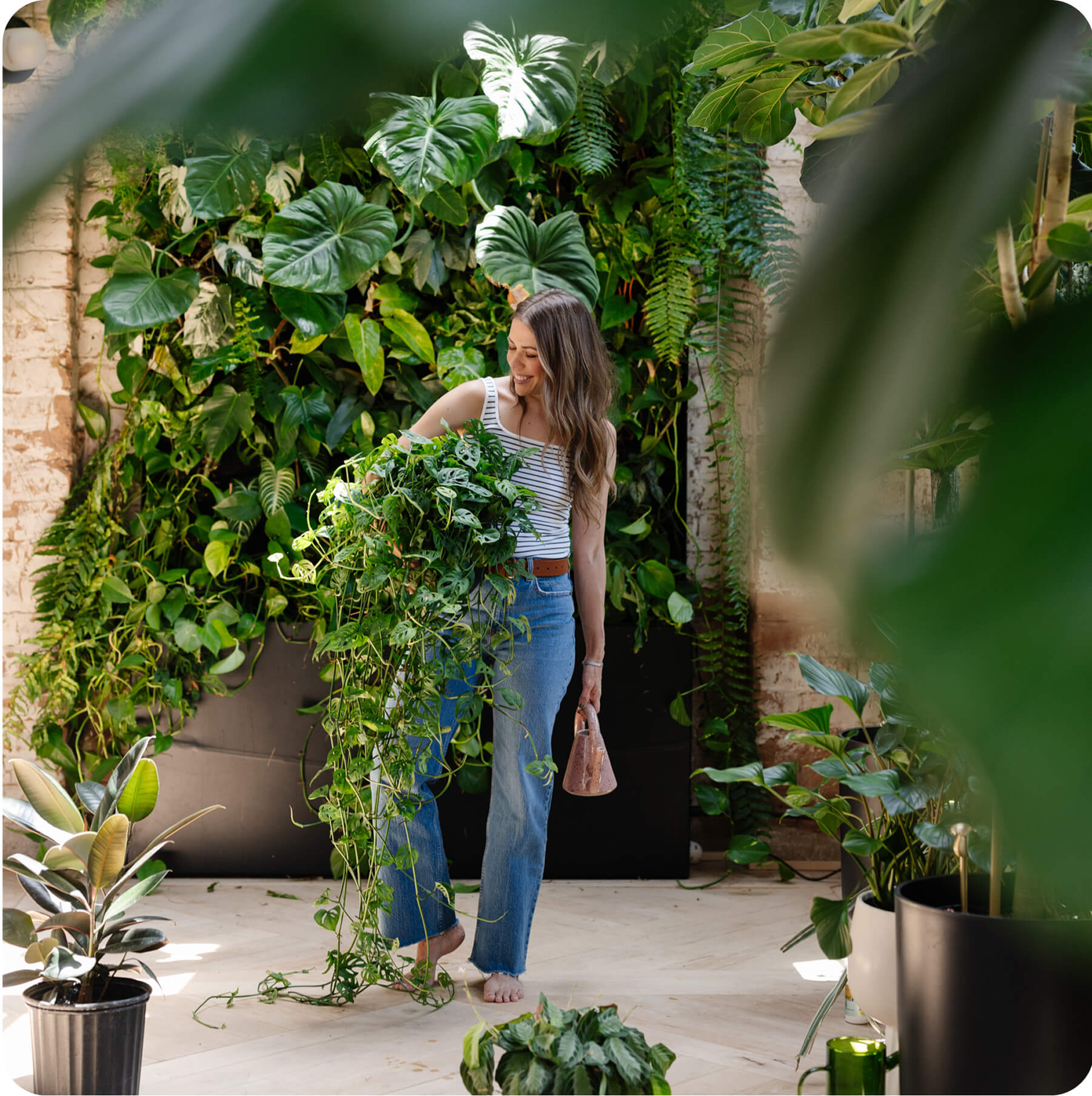How to Use Neem Oil to Clean Your Plants
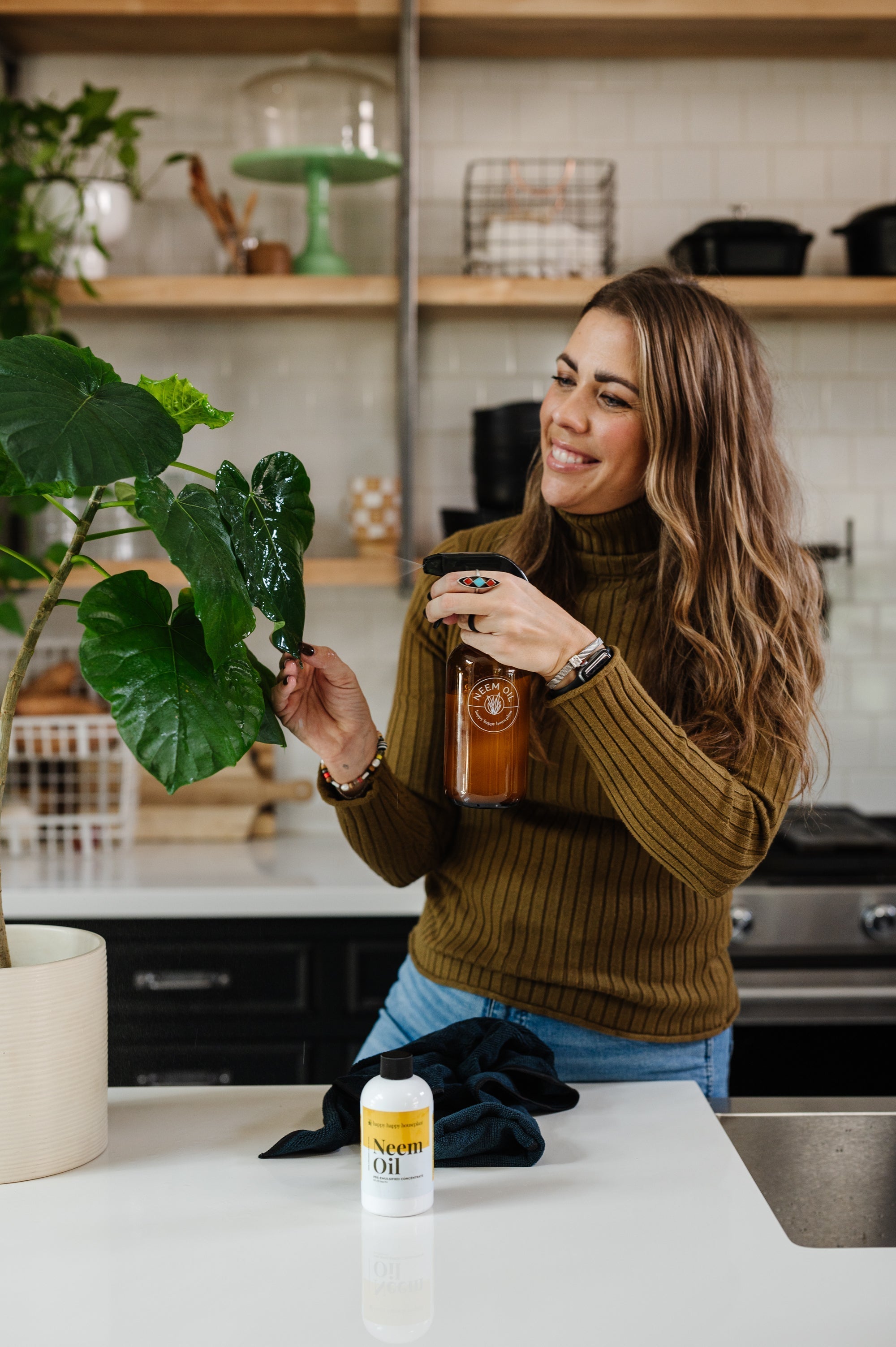
How to Use Neem Oil to Clean Your Plants

What is neem oil? Neem oil is a natural substance derived from the seeds of the neem tree, which is native to India and other parts of Southeast Asia. It has been used for centuries in traditional medicine and is now gaining popularity as a natural pesticide and fungicide in gardening. Neem oil contains several active ingredients that can benefit plants, including azadirachtin and salannin. Plus, it helps give your plants an awesome shine!
If you're interested in using neem oil for your plants, here are some tips to get you started:
2 Ways to Use Neem Oil
1. Use Neem Oil as a Preventive Measure
Neem oil is most effective when used as a preventive measure rather than as a treatment for an existing pest or disease problem. For example, if you notice a fine webbing on the leaves of your plant, it probably has spider mites. These little critters love to live in dry and dusty environments (especially indoor plants during the winter) and will slowly damage your plant leaves and leave yellow specs or silvery discoloration.
You can treat your spider mite-infected plants by gently rinsing them with water, followed by a neem oil spray. Wipe the leaves with a soft cloth to ensure the oil covers the entire surface. You may have to repeat this step every 7 to 14 days. By applying neem oil to your plants before pests or diseases become a problem, you can help prevent infestations from occurring in the first place.
2. Use Neem Oil as a Leaf Shine
Dust will build up on the leaves of your indoor plants making them look…not so great. Not only does neem oil act as an organic pesticide and fungicide, but you can use it as a natural leaf shine to help them look vibrant and healthy. Plus, it’s an excellent dust remover! Use neem oil on both sides of your plant’s leaves to clean and give them a shine that’ll wow your friends, family, or guests.
How to Use Neem Oil?
Step 1: Mix Neem Oil with Water and an Emulsifier
To use neem oil as a pesticide or fungicide, you'll need to mix it with water and an emulsifier. An emulsifier turns the eternal enemies of Oil and Water into BFF’s to help treat your plant!

You can also use our super convenient pre-emulsified neem oil concentrate by adding 16 oz. of water with 1 ½ tsp of neem concentrate. Shake well together and pour into a spray bottle for use.
Step 2: Spray Plants Thoroughly
Plants use and need sunlight to grow. They also collect dust and dirt, which blocks sunlight. Think of leaves like giant solar panels for the plant. When they get dust and debris, it limits the ability the leaves have to do their job! To remove dirt and dust from your plant leaves, gently give them a quick neem oil spray and wipe down. Your leaves will look fresh and happy, it’s like they went to the spa!
When applying neem oil to your plants, it's important to spray them thoroughly, covering both the tops and bottoms of the leaves. This will ensure that the neem oil comes into contact with any pests or diseases that may be present. For larger leaves, I like to use 2 microfiber towels saturated with our neem spray. One for the top of the leaves and one for the bottom. Sandwich the leaf between the two towels and gently wipe both sides down at once.
Step 3: Repeat Applications as Necessary
Neem oil is not a one-time solution. To ensure the best results, you'll need to repeat applications every seven to 14 days, depending on the severity of the problem. This will help to control pests and diseases throughout the growing season.
If pests aren’t present, you can use Neem as a leaf shine and preventative spray every few months or so!
Things to Consider When Using Neem Oil
You May Not Want To Use Neem Oil on All Your Plants
While neem oil is generally considered safe for use on most plants, it can be harmful or overwhelming to young or delicate plants (such as plants with fuzzy leaves). Before using neem oil on these types of plants, do a test application on a small area to make sure they can handle it. In general, it’s best to stick with mature plants.
Keep Your Plants Out of the Sun After Spraying
Once you use neem oil, the leaves will be sensitive to burning for about 6 hours. So it’s best to move them inside (if possible) away from the sun. Or, use neem oil on your plants during the evening or right before bedtime.
Neem Oil Frequently Asked Questions
How long does neem oil take to work?
When you are using Neem to treat pests, the goal is gentle consistency. Using Neem as a treatment isn't a one-time deal, we need to catch pests at different stages of their life cycle and that requires consistent treatment over a period of time. The goal at the end of treatment is to have a happy plant that is pest free, not a dead plant that is pest free.
Is Neem safe to use?
Neem is safe to use inside your home, around your family, and pets. It doesn't hurt the plant when diluted to the right consistency and is effective at treating pests.
Can you spray neem oil on soil?
Yes, you can spray neem oil onto the soil. In fact, one option for using neem oil is to do a soil drench, in which you water the soil with a similar neem oil mixture. In this case, the neem oil will help defend your plants from soil-dwelling larvae or pests.
How do you go about watering plants with neem oil?
You can continue to water your plants as you normally would. The only recommendation is to wait until the neem oil is dry to help prevent washing it off your plants just after spraying the treatment.
Conclusion: Keep Your Plants Healthy and Strong with Neem Oil
Neem oil is a natural and effective solution for controlling pests and diseases in your garden. By using it as a preventive measure and following these tips, you can help keep your plants healthy and strong throughout the growing season. Visit Happy Happy Houseplant to find neem oil for plants and other houseplant resources!
